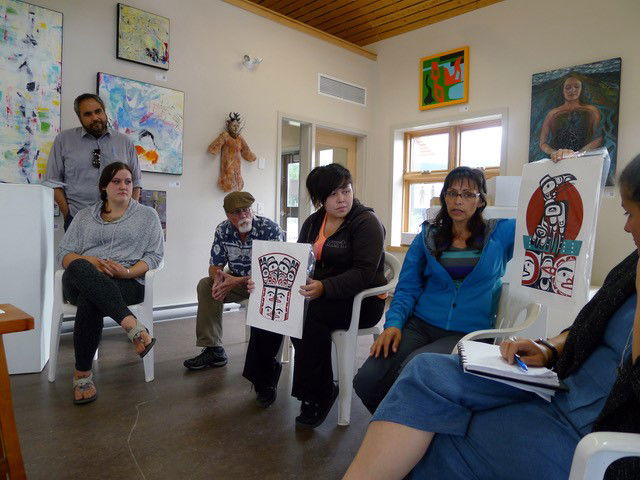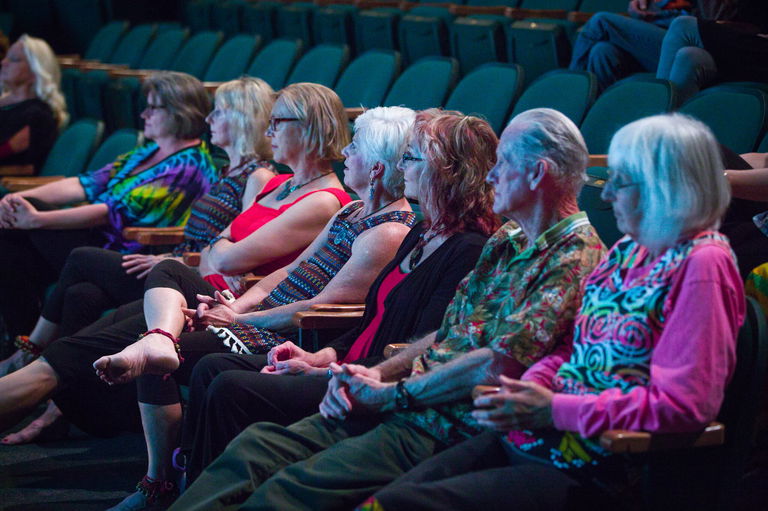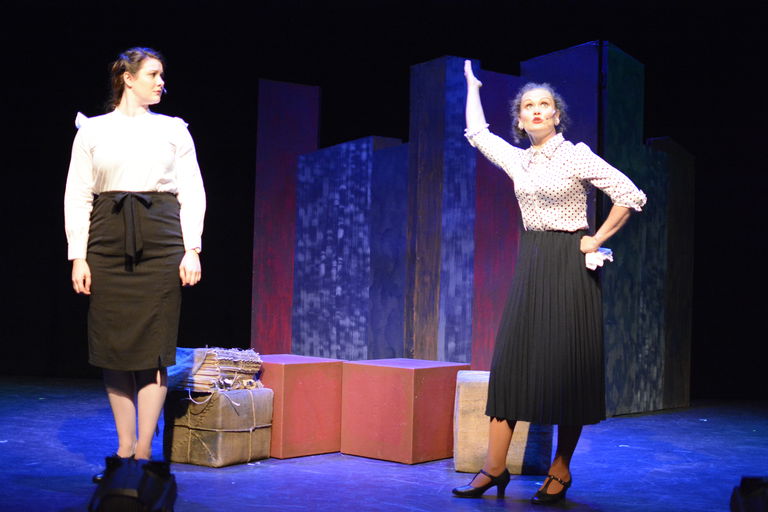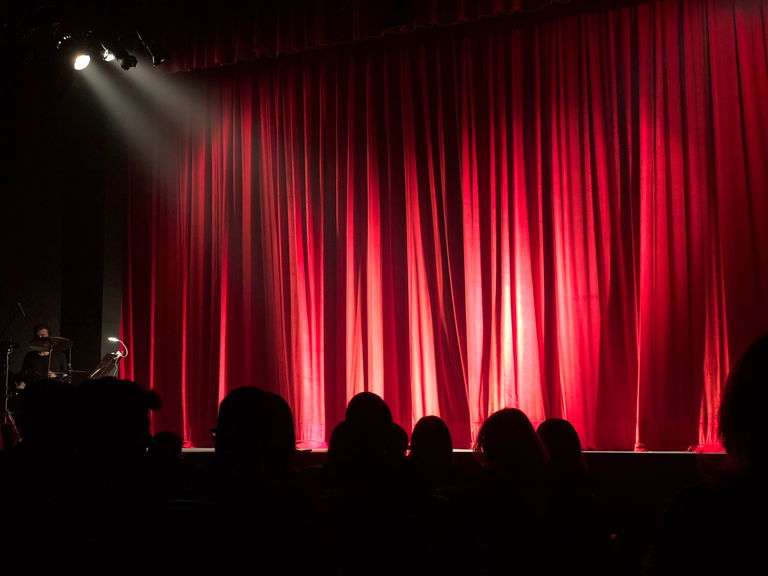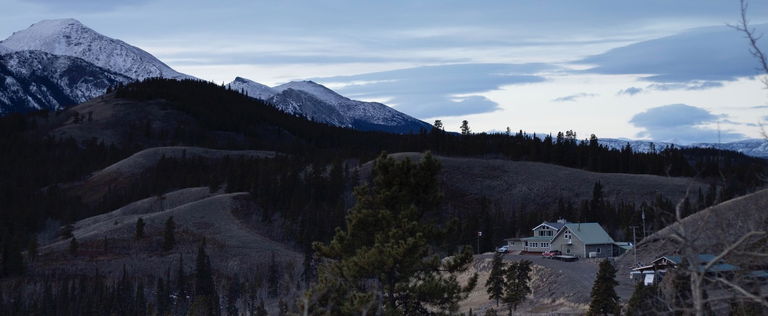
Innovation on the Margins: Carving Out Space for Arts & Culture in the North
Taylor Basso
Sep 12, 2019
Arts and culture thrives in all corners of Canada, from the populated to the remote. Across Canada’s Yukon and Northwest Territories, local artists do innovative work, while residencies attract new faces to experience an increasingly alluring part of the country’s cultural fabric. But the mixture of remote, small communities, difficult travel and little dedicated arts and culture space can present unique challenges to those scrappy enough to give it a go in Canada’s North.

Whitehorse, the capital of the Yukon Territory, boasts five theatre companies, dance schools, a jazz series, and an arts centre. With so many chefs in the kitchen, cooperation is key. “We have to help each other out a lot: lend instruments, collaborate on artistic practice… lots of small cooperatives or artists working together is very common here,” says Michele Emslie, Director of Programming at the Yukon Arts Centre (YAC), whose mandate is essentially to be all things to all people, arts-wise, in the Yukon.
She gives the example of Jenni House, a residency situated in a heritage house in Shipyards Park. “One of the issues we have up here, like many other jurisdictions, is creative space,” Michele explains. The monthly residency gives artists across disciplines space to immerse themselves in their craft, and is a cooperative between five organizations, including the YAC.
Another important component for the YAC is reaching outside of the capital. As an organization whose mandate covers the entire territory, the YAC mounts programming across the Yukon. This creates valuable relationships and brings art to smaller communities, but not without difficulties: in Canada’s North, travel can be complicated and costly.

Marie Coderre of the Northern Arts and Cultural Centre (NACC) in the Northwest Territories agrees, citing the thousand-plus dollar price tag on a flight from Yellowknife to Inuvik. The NACC is a theatre facility in Yellowknife that, similar to the YAC, delivers programming across the territories. It can also become challenging, Marie says, to source space in smaller communities: “We don’t have professional theatres in those communities, so we present the shows in really funky places. In Inuvik, we present shows at the church, but the church is in the shape of an igloo. It can be in a community hall, it can be in a theatre’s movie room, in a log house. It can be in a gymnasium – name it!”
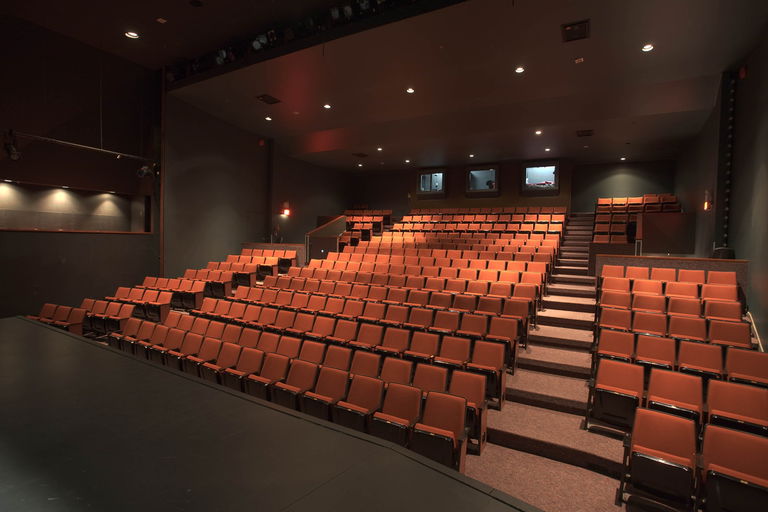
It’s also important that the programming reflect the diversity of the Northwest Territories, with its 120 different ethnicities, 11 official languages, and a population that’s nearly 50 percent Indigenous. NACC attempts to showcase this reality in its programming, which is similarly half-comprised of Indigenous content. And, as the Territories continue to break records for tourism (visitors have tripled over five years), it’s important to provide unique and authentic experiences for culture seekers.

Back in the Yukon, an organization called Art House Carcross that provides an arts experience for visitors and locals alike is imperilled. Despite its successes – in its first year, Art House placed $50,000 worth of visual art and entertained 40,000 visitors – the visual arts venue finds itself in jeopardy. Much of this, says Art House’s Lawrie Crawford, can be put down to the program’s specific structure and mandate. The fact that its audience is largely comprised of tourists, rather than locals, makes sourcing government funding difficult, as does the fact that artists are distributing their work for profit (though Lawrie is quick to point out that Art House merely connects artists with an audience, rather than doing any actual brokering of sales – “artists are not working in a gallery and selling their art, they’re telling stories of place to visitors.”). The gallery is also free to all visitors, disqualifying ticket sales as a potential source of revenue.
Lawrie further believes Art House’s precarious situation is the natural outcome of a funding system that favours arts organizations based in larger metropolises like Whitehorse, as opposed to places like Carcross, with its triple-digit population: “It happens nationally. There’s nothing left for the ‘unsophisticated edges’. It’s unfortunate, because the margins are where innovation occurs.” While Art House continues to scrap gamely with the help of funders like the local Carcross Tagish First Nation, its future remains in doubt.

Ultimately, for artists in the North, the challenges are worth the copious rewards. “Access to arts, and artists, and performances, is a human right, in my opinion,” says Michele Emslie.
Marie from Yellowknife adds, “We all believe that the arts has a huge, huge impact on the process of healing.” Marie also emphasizes the role of art as a tool for reconciliation between Indigenous and settler populations. Lawrie of Arts House Carcross agrees, citing a local learning centre that offers art and culture programming: “On a Sunday afternoon, it’s filled with people from both sides of this community.”
It’s difficult to paint the challenges and successes of creating culture in the North with a single brush, but one message is clear: the value of culture in forging community and improving wellness. In small communities and large alike, the arts remain essential for healing and growth.
